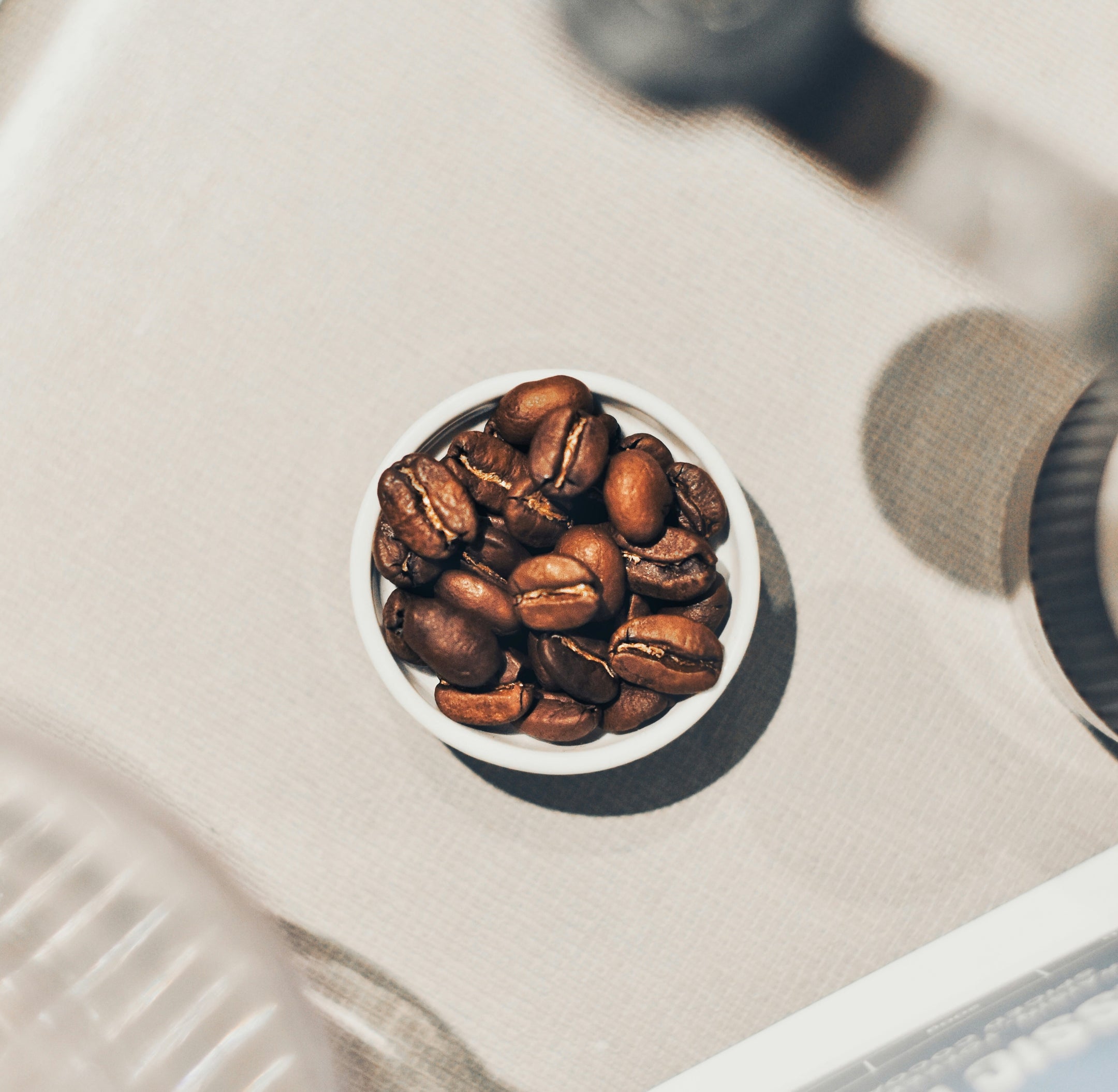Arabica vs. Robusta: A Coffee Bean Breakdown
by Kaleigh GlassNov 4, 2024

The Difference Between Arabica and Robusta Coffee Beans
Coffee is one of the world’s most beloved beverages, offering a wide range of flavors, qualities, and characteristics that are heavily influenced by the type of beans used. Among the many varieties, Arabica and Robusta are the most widely cultivated and consumed. But what makes them different? And how do they affect the taste of your daily cup? We'll break it down for you here!
1. The Basics: What Are Arabica and Robusta?
- Arabica (Coffea arabica): Arabica beans are the most popular variety, making up about 60-70% of the world’s coffee production. These beans are known for their smooth, mild flavor and aromatic qualities. Arabica coffee plants thrive at higher altitudes and in cooler climates, and they require specific growing conditions to reach their full potential.
-
Robusta (Coffea canephora): Robusta beans are generally considered more robust (hence the name) and are the second most widely produced coffee variety. They tend to grow at lower altitudes and in hotter, more humid climates. Robusta plants are hardier and more resistant to pests and diseases, making them easier and cheaper to cultivate compared to Arabica.
2. Flavor Profiles: How Do They Taste?
The most significant difference between Arabica and Robusta is the flavor.
-
Arabica: Known for its smooth, nuanced, and often sweet flavor profile, Arabica beans tend to have a wide range of taste notes, depending on the region where they are grown. Common flavors include fruity, floral, nutty, and even chocolatey tones. Arabica coffee is generally more acidic, which contributes to its bright, vibrant flavor. Because of this, it is favored by coffee connoisseurs and those who appreciate a milder, more complex taste. This is the type of high quality bean that Maud's is proud to source from places all over the world, including South America, Southeast Asia, and
-
Robusta: Robusta coffee has a much stronger, bolder, and more bitter taste. It tends to have earthy, woody, or even grainy flavors, and is often described as less refined than Arabica. Robusta is also less acidic, which gives it a heavier, fuller-bodied feel. Some describe Robusta as "sharp" or "rubbery" in taste, which makes it less popular for drinking black, but it can be a favorite in espresso blends, where it adds strength and crema (the golden layer of foam on top of an espresso).
3. Caffeine Content: The Buzz Factor
When it comes to caffeine, Robusta is the winner. However, its higher caffeine content also contributes to a more bitter flavor profile.
- Arabica: Typically contains about 1.5% caffeine content.
- Robusta: Contains around 2.5% caffeine content, roughly double that of Arabica.
4. Growing Conditions: Where Do They Grow?
The main differences between them are their taste and where they are grown. Arabica and Robusta coffee plants have different environmental needs.
-
Arabica: Arabica coffee plants prefer tropical climates close to the equator. They require higher altitudes, cooler temperatures, and more specific conditions to flourish. Areas such as Central and South America, parts of Africa, and Asia are ideal for growing due to the prefered climate. Arabica coffee grows well at high altitudes which is why it is often cultivated on hillsides. The ideal growing altitude for Arabica is between 2,000 and 6,000 feet (600 to 1,800 meters) above sea level.
-
Robusta: Robusta plants are hardier and can tolerate more heat and humidity, which is why they are often found in lowland areas of Africa, Southeast Asia, and South America. They can be grown at altitudes as low as 1,000 feet (300 meters), making them more adaptable to different climates.
5. Cost and Availability
In terms of cost, Robusta tends to be less expensive to produce than Arabica. This is because Robusta plants are more resilient, require fewer resources, and are less susceptible to pests. As a result, Robusta coffee is generally cheaper to buy, and why many lower-cost coffee blends often contain Robusta beans.
Due to the careful cultivation process of Arabica beans, the higher altitude requirements, and the delicate harvesting methods, Arabica coffee is usually more expensive. This especially true when sourced from specialty farms or regions with specific growing conditions.
The Maud's Way
At Maud's, we use 100% Arabica beans in every blend, ensuring each cup is consistently smooth and flavorful. Our Roastmaster selects premium beans from all over the world, including Central and South America, Asia and Africa.
Whether you prefer the smoothness and complexity of Arabica or the bold, intense kick of Robusta, both have their place in coffee culture. Now that you understand the key differences between these two coffee giants, you can approach your next coffee purchase with greater confidence and appreciation for the beans that go into your brew!


































